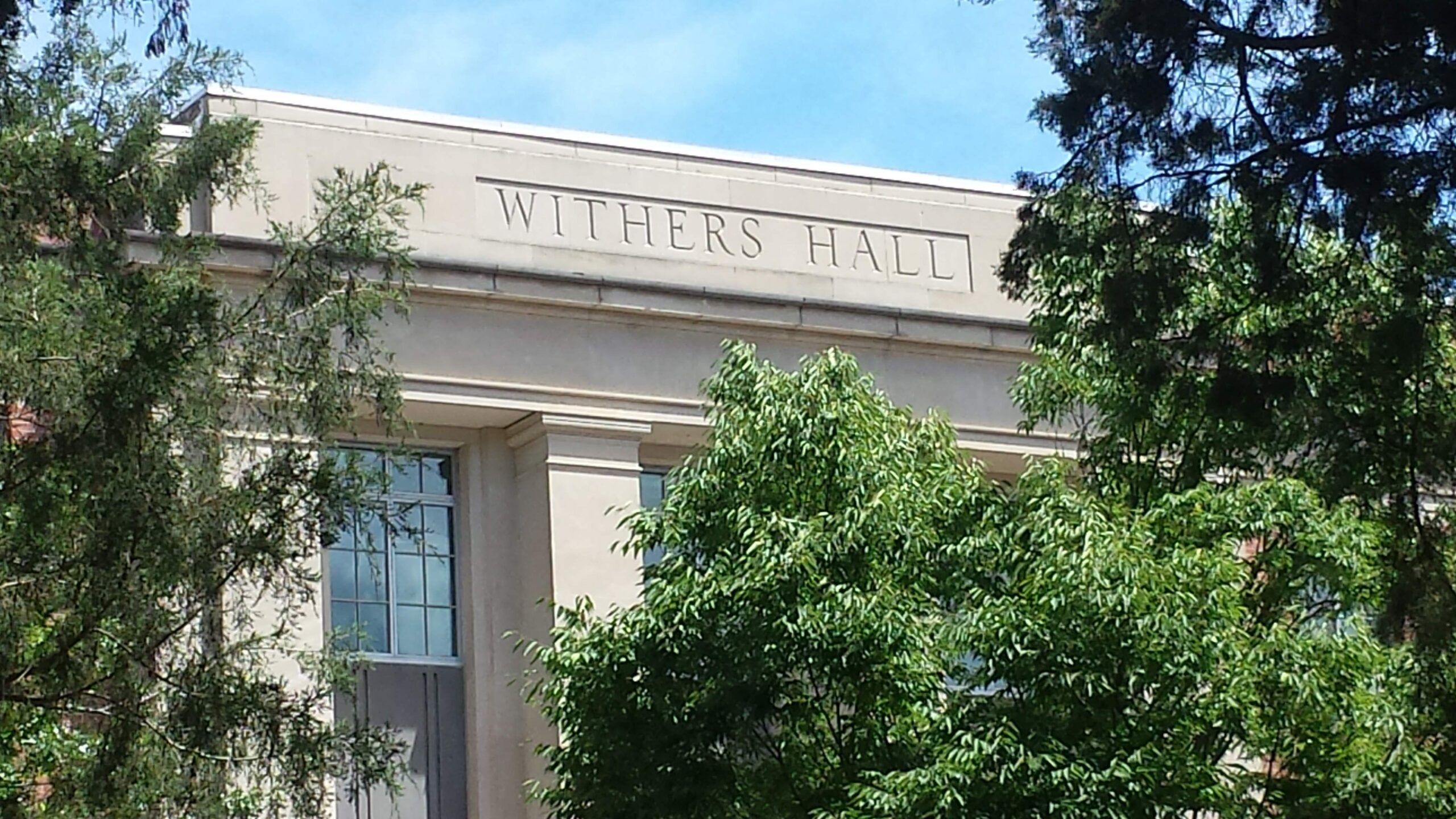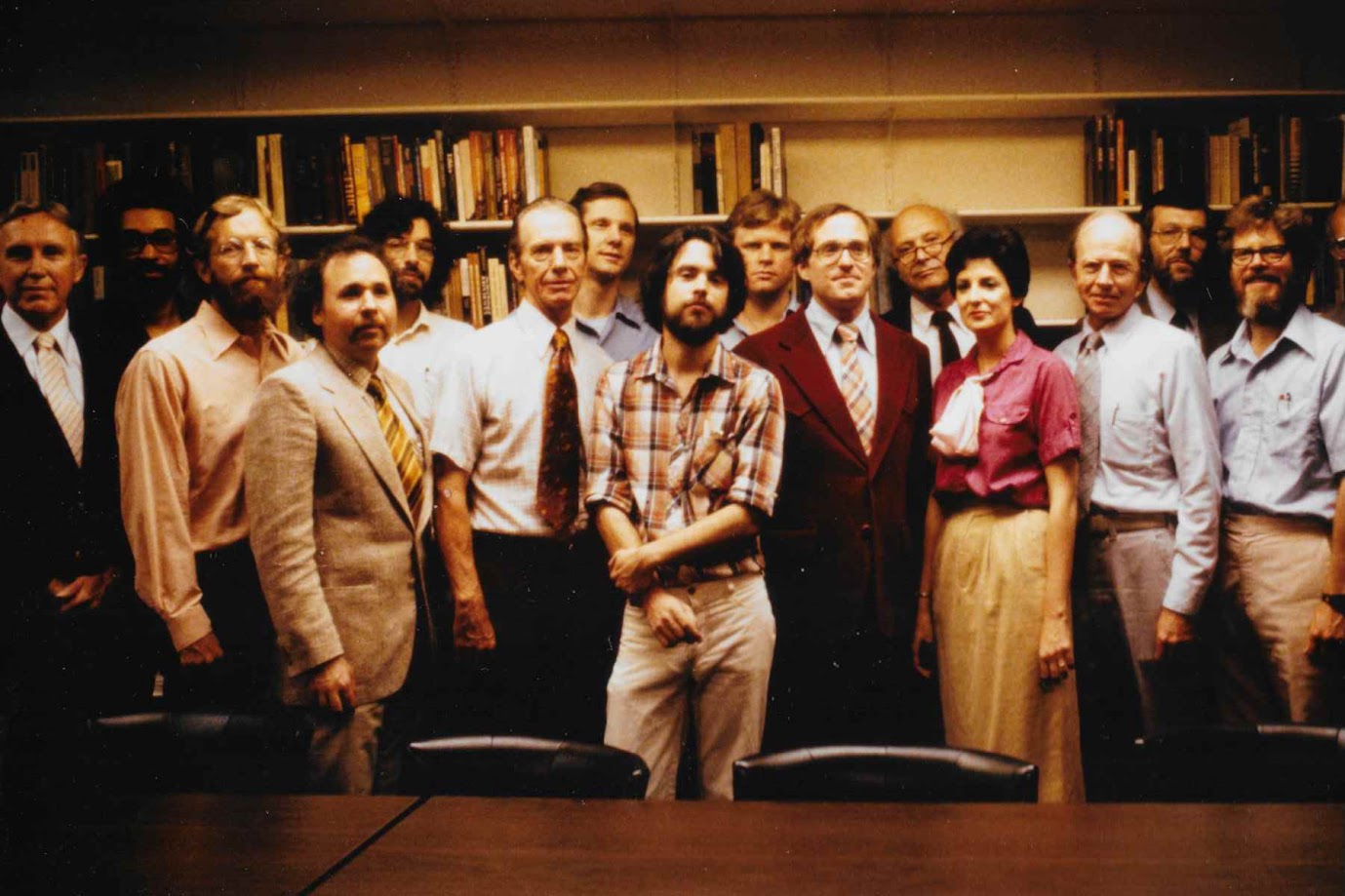Work in Progress: Adler on the Palaea Historica

In this article William Adler, distinguished university professor of religious studies, discusses his work on a critical edition of an important Greek text.
During my research leave at Dumbarton Oaks in 2022/23, I intend to continue my work on a critical edition of the Greek text of the Palaea Historica, a narrative retelling of Old Testament history composed sometime after the ninth century. The only edition currently available is based on two manuscripts, both of which are marred by numerous lacunae and corruptions. Since beginning work on this text, I have discovered and acquired digital copies of 21 manuscripts, the majority of which are relatively complete.
In creating the edition, I have been using the Classical Text Editor, a labor-saving piece of software designed to assist in the analysis of textual variants and the creation and updating of a critical apparatus. While sometimes tedious, the work has also proved rewarding, especially when it involves the study of textual variants. Copyists often felt free to make their own stylistic improvements and corrections, insert headings, chronological notices and explanatory marginal notes, remove objectionable content and even add original material.
I decided to undertake this project after publishing an English translation of the Palaea in 2013. At the time, I was struck by the Palaea’s extensive use of extra-biblical traditions about various biblical personalities. Although modern studies have tended to focus attention on the written sources of these traditions, I soon discovered that non-literary sources were far better guides to their origins and the ways in which the author of the Palaea used them. Descriptions of sacred places and the topography of Palestine closely parallel accounts attested elsewhere in pilgrimage narratives written about the same time. Miniatures in Greek and Slavic Psalters depict, down to specific details, many of the same episodes recounted in the Palaea. I have also noticed the author’s extensive citation of Byzantine hymnographers, most notably the Great Canon of Andrew of Crete. In many places, the Palaea reads more like a commentary on the Psalms and Byzantine hymnody than it does a retelling of the biblical narrative.
The edition, along with introduction and English translation, will be published in Corpus Christianorum Series Apocryphorum (CCSA). The book should be of special interest to Biblical scholars and specialists in Byzantine iconography and hymnography. Since the lack of a modern critical edition of the Greek has impeded research on the Slavonic translations of the Palaea, specialists in Slavic languages have been especially supportive of the project. I have already transcribed all but one of the manuscript witnesses and entered variant readings for about 1/3 of the entire document. Having labored on this edition for a long time, I am hopeful that the fellowship from Dumbarton Oaks will give me the time and resources I need to see it through to completion.


